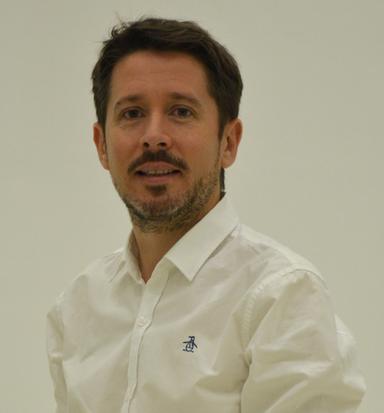Today's school and university classrooms are spaces with chairs and tables that all face the same place where there is a blackboard and a desk with a single chair. I challenge you with the following question: Have you ever seen a different classroom in your life? Why hasn't it changed yet?
We went through kindergarten, elementary, middle school, high school, university and we hardly felt the architectural difference of the space. The aesthetics are getting duller and duller, but the architecture is still intact.
If we see an image of the classrooms of the universities of the Middle Ages, we will surely be surprised: they are not so different from what we know today. However, at least 500 years have passed.
Technology has arrived in the classroom: we have replaced chalk with electronic whiteboards, books with ebooks, notebooks with tablets and notebooks, but we are still looking ahead.
The skills needed for this new working world, such as creativity, flexibility, teamwork and public speaking, are very difficult to achieve with a teaching-learning model focused on an active role of the teacher and a passive role of the student.
Undoubtedly, what is important is what and how teaching and learning take place. Currently, there is great agreement in designing student-centered learning models, where the student learns through experience and is the protagonist of his or her learning.
However, classroom design is closely linked to the relationships generated in that space and to what we want to happen in it.
What would happen if we had different spaces in a classroom space? Can armchairs, work tables, technological equipment and a stage coexist? In 2018 a movement driven by HP and Intel promoted the RTCI Classrooms. "Reinvent by Classroom International". These classrooms feature 4 spaces with distinct pedagogical objectives: Discover, Design, Create and Present. For this purpose, they have architectural design and furnishings that support these objectives.
These classrooms have armchairs and blackboards for Thinking, work tables and tools for Designing and Creating collaboratively, and a stage for Presenting. Students go through the four instances, they move and no longer all look forward. There is no longer a protagonist, now the protagonist is everyone and the best thing is that it is alternating.
What would happen if university classrooms were transformed into a fusion between a living room, a coworking room, a laboratory and a theater? How good it would be if tomorrow we would not realize that we are inside a classroom.


Comments